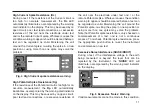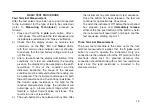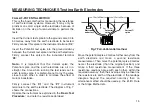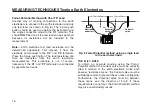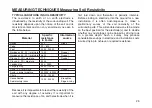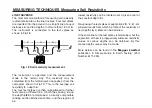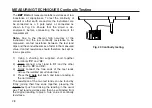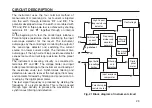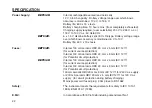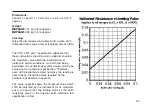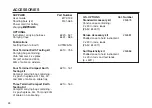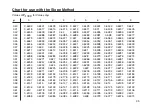
METHOD USING A ‘DEAD’ EARTH
The techniques using test spikes explained earlier are
the preferred methods of earth testing. In congested
areas it may not be possible to find suitable sites for the
test spikes, nor sufficient space to run the test leads. In
such cases a low resistance conductive water main
may be available. This is referred to as a ‘dead’ earth.
Great care must be taken before deciding to adopt this
method and its use is not to be encouraged. Before
employing this method, the user must be quite sure that
no part of the ‘dead‘ earth installation contains plastic
or other non-metallic materials.
1) Using a shorting bar supplied, short together
terminals ‘P2’ and ‘C2’.
2) Firmly connect a test lead to ‘C1’and the other test
lead to ‘P2’ and ‘C2’.
3) Firmly connect the free ends of the test leads
together as shown in Fig. 14.
4) Press the 3 pole test push, and take a reading in
the normal way.
This test will give the combined resistance to earth of
the two earths in series. If that of the ‘dead‘ earth is
negligible then the reading may be taken as that of the
electrode under test .
The resistance of the two test leads can be found by
firmly joining their free ends together, pressing the 3 pole
test push and taking the reading in the usual way. Test
lead resistance can then be subtracted from the
original reading, to obtain the combined resistance of
the earth electrode and the ‘dead’ earth.
Fig. 14 ‘Dead’ earth testing
21
Summary of Contents for DET5/4D
Page 41: ...41...





